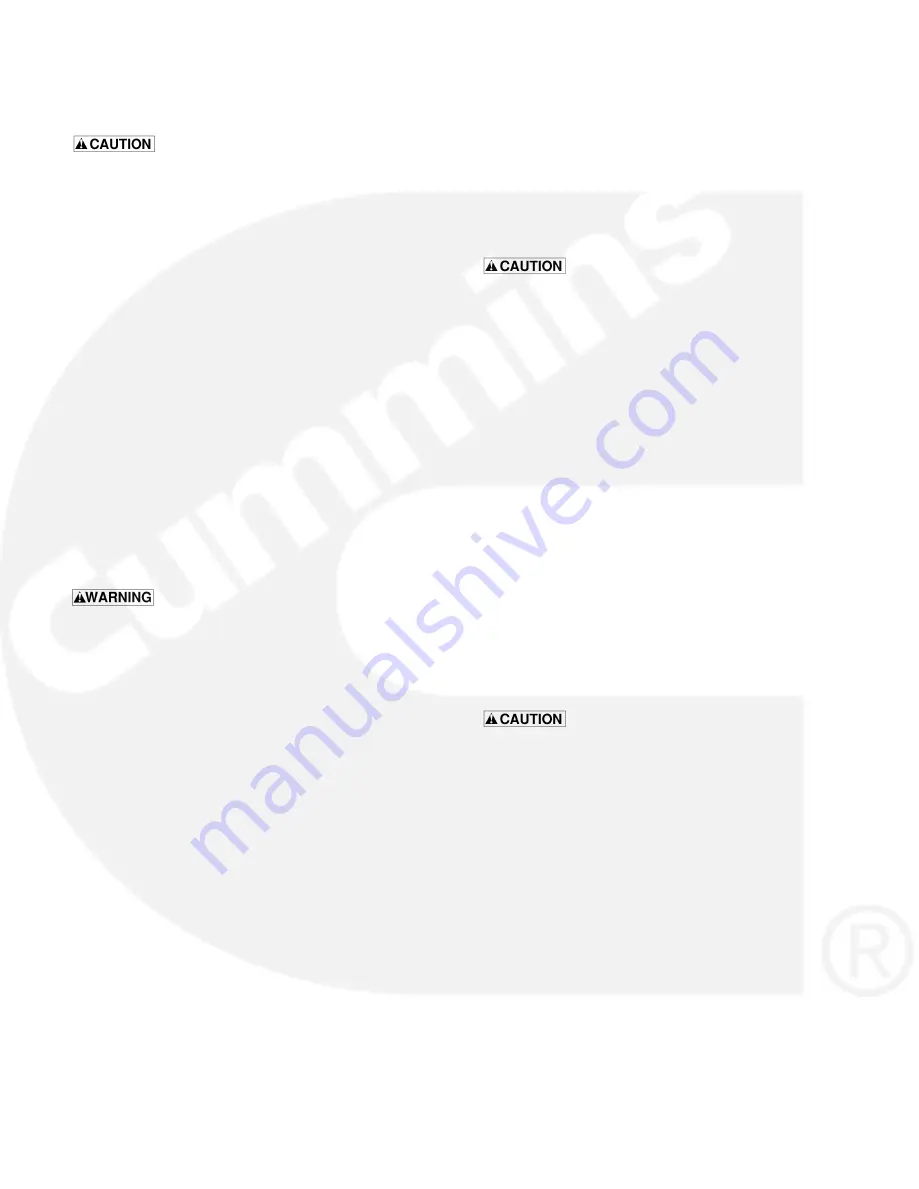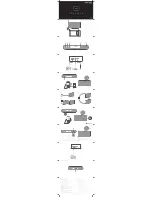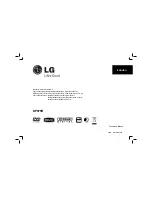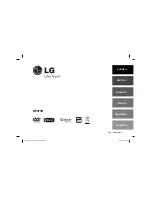
5-3
from adverse weather. Leave room for fuel expansion
when filling the fuel tank.
Dirt in the system can severely damage
both the injection pump and the injection nozzles.
Because diesel injection systems have extremely
precise tolerances, make certain that fuel is kept
clean.
Bleeding Fuel System
Bleed air from fuel system as follows: Disconnect the fuel
return line (Figure 5-2). Operate the hand priming lever
on the fuel transfer pump until the fuel flowing from the
fuel return line is free of air bubbles. Then reconnect the
fuel return line. Cranking the engine should expel
trapped air from the injection pump.
If the camshaft’s pump lobe is up, crank the engine one
revolution to permit hand priming. When finished, return
priming lever inward (disengaged position) to permit nor-
mal pump operation.
PRE-HEATING AND STARTING
Preheat the engine for 60 seconds when the ambient
temperature is 55
°
F (13
°
C) or lower. Preheat the engine
for 30 seconds in temperatures above 55
°
F (13
°
C).
Do not use ether as a cold weather start-
ing aid. The heat from the glow plugs or manifold
heater may cause a sudden ignition of the ether va-
por. This can result in personal injury and damage to
the engine.
To preheat the engine:
1. Engage the preheat switch for one minute. On con-
tractor models, turn OFF-RUN switch to RUN.
2. Release the preheat switch and engage the start
switch. On contractor models, continue to hold
PREHEAT switch until engine comes up to speed.
On all other models, hold START switch to START
until engine comes up to speed. (This will maintain
heater operation until START switch is disen-
gaged.)
3. Release the start switch after the engine reaches
speed.
4. Check the oil pressure gauge: it should read at least
20 psi (138 kPa).
NOTE: the pressure-relief valve is not adjustable.
5. If the engine fails to begin firing after 20 seconds of
cranking, return to the preheat procedure of step 1,
then repeat step 2. Absence of blue exhaust smoke
during cranking indicates that no fuel is reaching the
engine.
6. In extreme cold (below 32
°
F or 0
°
C) it may be nec-
essary to maintain preheating for two minutes after
the engine starts, to obtain firing or smooth out cylin-
ders, especially at no load or light loads.
NOTE: When remotely starting the set, the switch on the set con-
trol must be in its remote position.
Preheating the engine longer than one
minute in moderate ambient temperatures before
cranking the engine can destroy the manifold heater
and glow plugs, because there is no incoming air
flow to cool them. For this reason, do not exceed the
one minute preheat periods (unless ambient tem-
perature is below 0
°
F), to prevent heater burnout and
conserve the battery.
NOTE: Continuous operation of the preheaters during cranking in
cold weather helps preheat the incoming combustion air, to pre-
vent misfires as the engine starts running.
When the engine reaches operating speed, the centrifu-
gal switch and the start-disconnect relay automatically
stop cranking. If the engine fails to start in 45 to 120 sec-
onds, the cranking limiter trips and stops cranking. If this
occurs, wait one minute before resetting the cranking
limiter and trying to restart the engine.
NOTE: Depress the preheat switch for one minute, then release it
and push the start switch.
If the control has an emergency relay reset button, per-
form reset only after a shutdown occurs due to low oil
pressure or high water temperature. Make certain to find
the cause of the failure before restarting the engine.
Overvoltage will destroy the glow plugs
and air heater in 2 to 3 seconds. If extra power is
needed to start the set, connect an additional 12 volt
battery in parallel to the starting battery. Do not ap-
ply overvoltage to the starting circuit at any time.
STOPPING
1. Push the start-stop switch to the stop position.
2. If the stop circuit fails, push governor arm down to
shut off fuel injection pump.
AUTOMATIC STARTING AND STOPPING
An optional automatic demand control may be used for
starting and stopping, but it must provide engine preheat-
ing.
The automatic control has a time delay relay to preheat
glow plugs and the manifold heater for about 20 seconds
before cranking occurs. The time delay relay prevents
immediate engagement of the starter in case a load is
reapplied before the engine comes to a complete stop.
















































